Cis-Ligupurpuroside BCAS# 350588-96-4 |
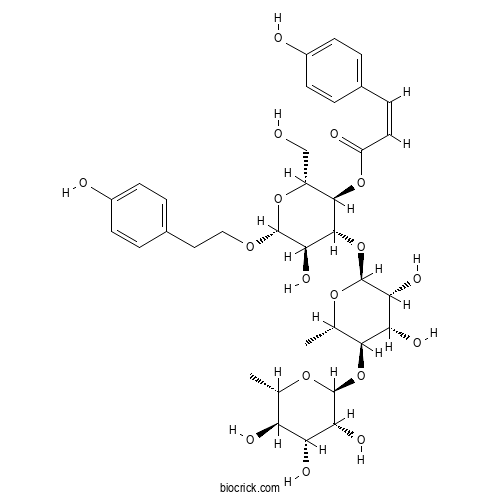
- Ligupurpuroside B
Catalog No.:BCC8199
CAS No.:147396-02-9
Quality Control & MSDS
3D structure
Package In Stock
Number of papers citing our products
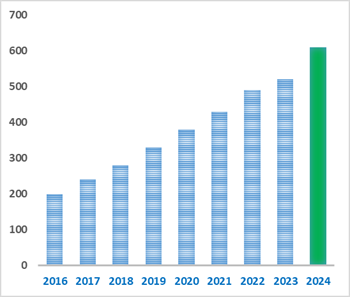
| Cas No. | 350588-96-4 | SDF | Download SDF |
| PubChem ID | 101137753.0 | Appearance | Powder |
| Formula | C35H46O17 | M.Wt | 738.73 |
| Type of Compound | N/A | Storage | Desiccate at -20°C |
| Solubility | Soluble in Chloroform,Dichloromethane,Ethyl Acetate,DMSO,Acetone,etc. | ||
| Chemical Name | [(2R,3R,4R,5R,6R)-4-[(2S,3R,4S,5R,6S)-3,4-dihydroxy-6-methyl-5-[(2S,3R,4R,5R,6S)-3,4,5-trihydroxy-6-methyloxan-2-yl]oxyoxan-2-yl]oxy-5-hydroxy-2-(hydroxymethyl)-6-[2-(4-hydroxyphenyl)ethoxy]oxan-3-yl] (Z)-3-(4-hydroxyphenyl)prop-2-enoate | ||
| SMILES | CC1C(C(C(C(O1)OC2C(OC(C(C2O)O)OC3C(C(OC(C3OC(=O)C=CC4=CC=C(C=C4)O)CO)OCCC5=CC=C(C=C5)O)O)C)O)O)O | ||
| Standard InChIKey | FNUMFJHHCJMAHD-ZJMCPLFTSA-N | ||
| Standard InChI | InChI=1S/C35H46O17/c1-16-24(40)25(41)27(43)34(47-16)51-30-17(2)48-35(28(44)26(30)42)52-32-29(45)33(46-14-13-19-5-10-21(38)11-6-19)49-22(15-36)31(32)50-23(39)12-7-18-3-8-20(37)9-4-18/h3-12,16-17,22,24-38,40-45H,13-15H2,1-2H3/b12-7-/t16-,17-,22+,24-,25+,26-,27+,28+,29+,30-,31+,32+,33+,34-,35-/m0/s1 | ||
| General tips | For obtaining a higher solubility , please warm the tube at 37 ℃ and shake it in the ultrasonic bath for a while.Stock solution can be stored below -20℃ for several months. We recommend that you prepare and use the solution on the same day. However, if the test schedule requires, the stock solutions can be prepared in advance, and the stock solution must be sealed and stored below -20℃. In general, the stock solution can be kept for several months. Before use, we recommend that you leave the vial at room temperature for at least an hour before opening it. |
||
| About Packaging | 1. The packaging of the product may be reversed during transportation, cause the high purity compounds to adhere to the neck or cap of the vial.Take the vail out of its packaging and shake gently until the compounds fall to the bottom of the vial. 2. For liquid products, please centrifuge at 500xg to gather the liquid to the bottom of the vial. 3. Try to avoid loss or contamination during the experiment. |
||
| Shipping Condition | Packaging according to customer requirements(5mg, 10mg, 20mg and more). Ship via FedEx, DHL, UPS, EMS or other couriers with RT, or blue ice upon request. | ||

Cis-Ligupurpuroside B Dilution Calculator

Cis-Ligupurpuroside B Molarity Calculator
| 1 mg | 5 mg | 10 mg | 20 mg | 25 mg | |
| 1 mM | 1.3537 mL | 6.7684 mL | 13.5367 mL | 27.0735 mL | 33.8419 mL |
| 5 mM | 0.2707 mL | 1.3537 mL | 2.7073 mL | 5.4147 mL | 6.7684 mL |
| 10 mM | 0.1354 mL | 0.6768 mL | 1.3537 mL | 2.7073 mL | 3.3842 mL |
| 50 mM | 0.0271 mL | 0.1354 mL | 0.2707 mL | 0.5415 mL | 0.6768 mL |
| 100 mM | 0.0135 mL | 0.0677 mL | 0.1354 mL | 0.2707 mL | 0.3384 mL |
| * Note: If you are in the process of experiment, it's necessary to make the dilution ratios of the samples. The dilution data above is only for reference. Normally, it's can get a better solubility within lower of Concentrations. | |||||

Calcutta University

University of Minnesota

University of Maryland School of Medicine

University of Illinois at Chicago

The Ohio State University
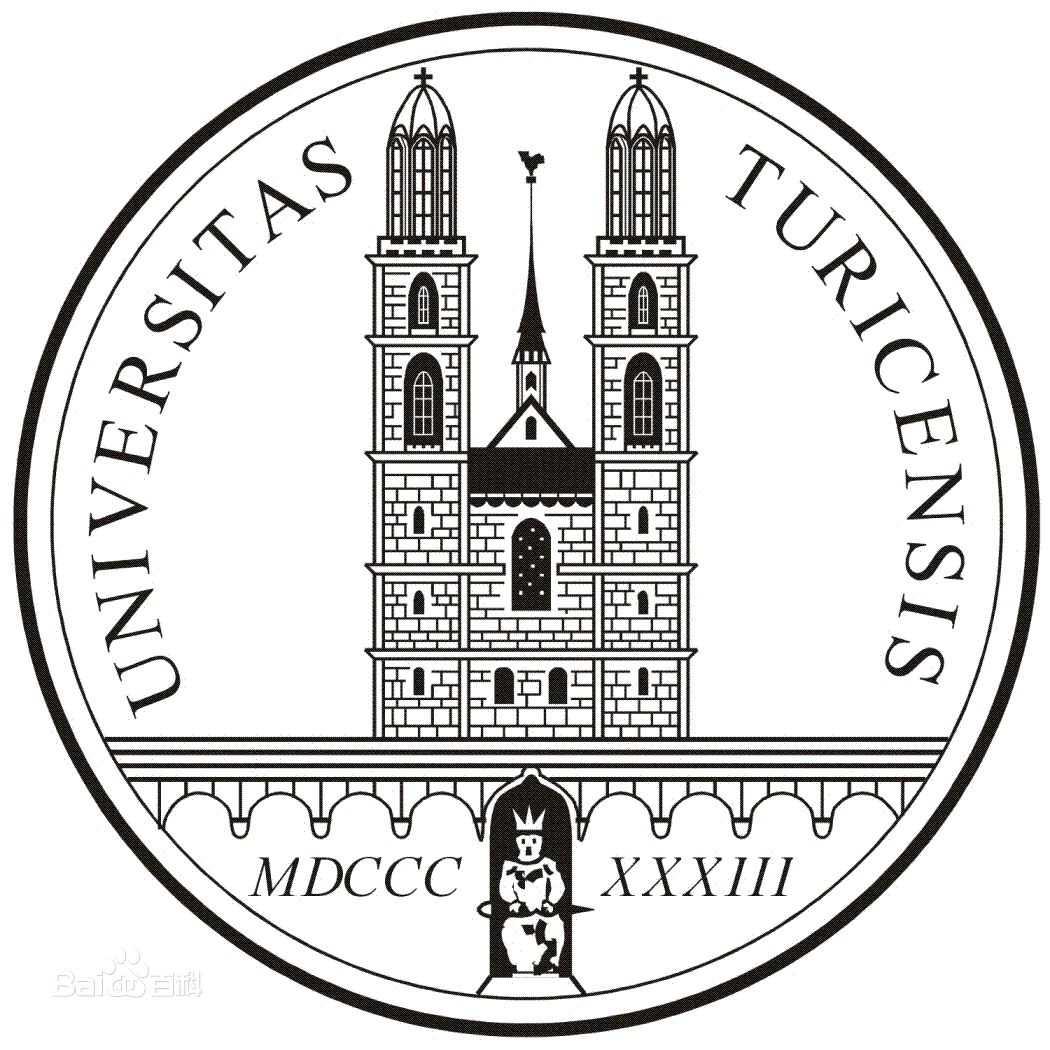
University of Zurich

Harvard University

Colorado State University

Auburn University

Yale University

Worcester Polytechnic Institute

Washington State University

Stanford University

University of Leipzig
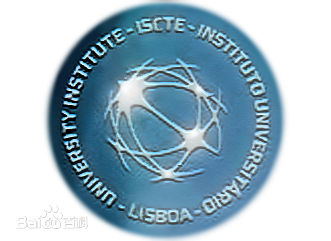
Universidade da Beira Interior
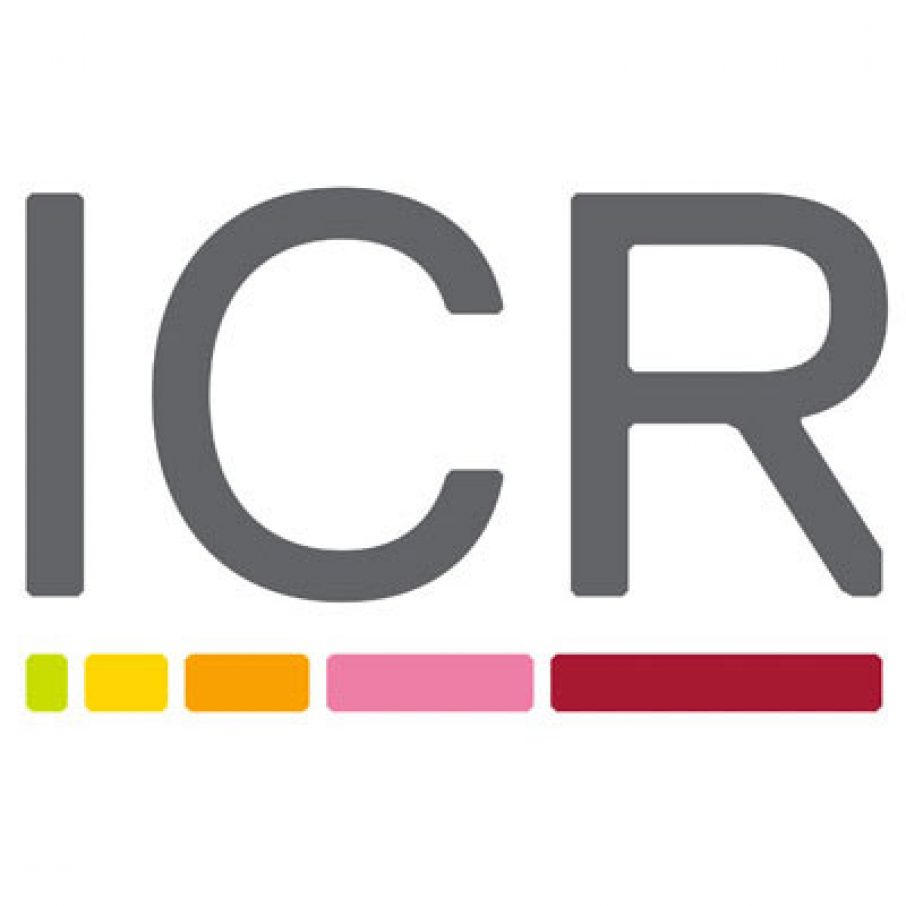
The Institute of Cancer Research

Heidelberg University

University of Amsterdam

University of Auckland

TsingHua University

The University of Michigan

Miami University

DRURY University
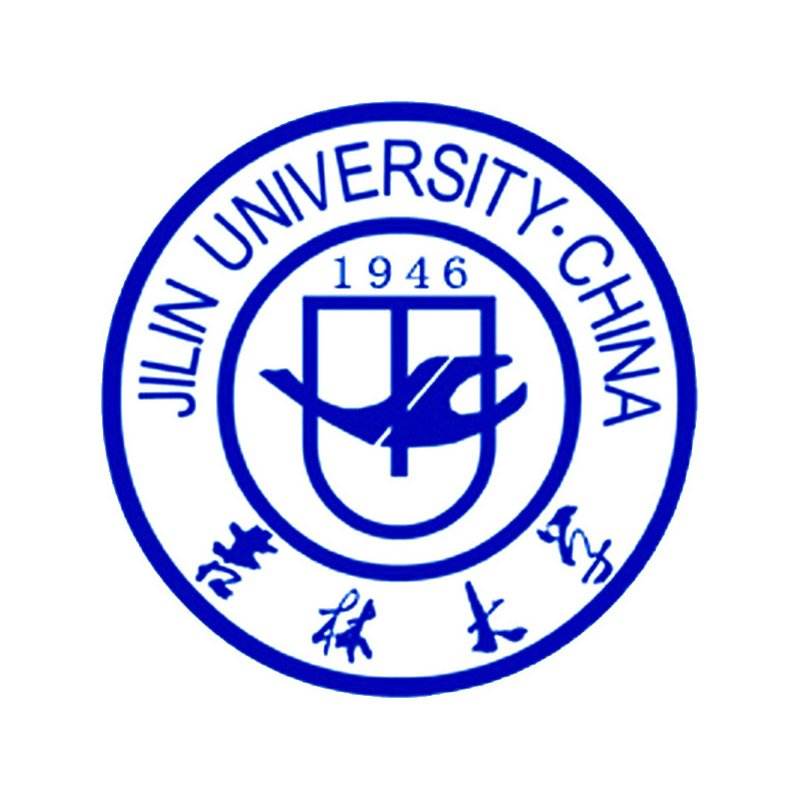
Jilin University

Fudan University
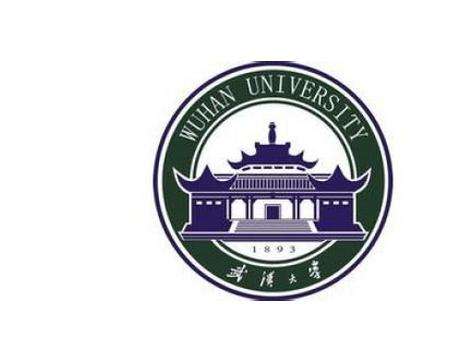
Wuhan University

Sun Yat-sen University

Universite de Paris

Deemed University

Auckland University

The University of Tokyo

Korea University
- 3,4'-Dihydroxyflavone
Catalog No.:BCX0763
CAS No.:14919-49-4
- Prosapogenin D
Catalog No.:BCX0762
CAS No.:103629-72-7
- Oleuropeinic acid
Catalog No.:BCX0761
CAS No.:96382-90-0
- Mogroside VI B
Catalog No.:BCX0760
CAS No.:2149606-17-5
- Pulchinenoside E4
Catalog No.:BCX0759
CAS No.:1415553-83-1
- Mogroside VI A
Catalog No.:BCX0758
CAS No.:2146088-13-1
- Anemarrhenasaponin A2
Catalog No.:BCX0757
CAS No.:117210-12-5
- Ergothioneine
Catalog No.:BCX0756
CAS No.:497-30-3
- Dihydroferulic acid
Catalog No.:BCX0755
CAS No.:1135-23-5
- luteolin-7-O-gentiobiside
Catalog No.:BCX0754
CAS No.:70855-41-3
- Kuwanon T
Catalog No.:BCX0753
CAS No.:100187-66-4
- Epimedin I
Catalog No.:BCX0752
CAS No.:205445-00-7
- 6-Methylflavone
Catalog No.:BCX0765
CAS No.:29976-75-8
- Methyl Vanillate
Catalog No.:BCX0766
CAS No.:3943-74-6
- L-Amygdalin
Catalog No.:BCX0767
CAS No.:29883-16-7
- 2α,6β,23-trihydroxyl oleanolic acid
Catalog No.:BCX0768
CAS No.:564-13-6
- Hirudonucleodisulfide B
Catalog No.:BCX0769
CAS No.:1072789-38-8
- Hederoside D2
Catalog No.:BCX0770
CAS No.:20853-58-1
- (Z)-9-Nonadecene
Catalog No.:BCX0771
CAS No.:51865-02-2
- 2-Hydroxycinnamicaldehyde
Catalog No.:BCX0772
CAS No.:3541-42-2
- Nardoguaianone K
Catalog No.:BCX0773
CAS No.:443128-65-2
- 2,3-dihydroxypropyl 9-octadecenoate
Catalog No.:BCX0774
CAS No.:251983-54-7
- 20-Deoxy,5-benzoyl-Ingenol
Catalog No.:BCX0775
CAS No.:54706-97-7
- Maltotriose
Catalog No.:BCX0776
CAS No.:1109-28-0
Phenylethanoid and Phenylmethanoid Glycosides from the Leaves of Ligustrum robustum and Their Bioactivities.[Pubmed:36364215]
Molecules. 2022 Oct 31;27(21):7390.
The phytochemical study on the leaves of Ligustrum robustum, which have been used as Ku-Ding-Cha, led to the isolation and identification of three new phenylethanoid glycosides and three new phenylmethanoid glycosides, named ligurobustosides R(1) (1b), R(2-3) (2), R(4) (3), S(1) (4b), S(2) (5), and S(3) (6), and five reported phenylethanoid glycosides (7-11). In the bioactivity test, (Z)-osmanthuside B(6) (11) displayed strong fatty acid synthase (FAS) inhibitory activity (IC(50): 4.55 +/- 0.35 muM) as the positive control orlistat (IC(50): 4.46 +/- 0.13 muM), while ligurobustosides R(4) (3) and S(2) (5), ligupurpuroside B (7), Cis-Ligupurpuroside B (8), ligurobustoside N (9), osmanthuside D (10), and (Z)-osmanthuside B(6) (11) showed stronger ABTS radical scavenging activity (IC(50): 2.68 +/- 0.05~4.86 +/- 0.06 muM) than the positive control L-(+)-ascorbic acid (IC(50): 10.06 +/- 0.19 muM). This research provided a theoretical basis for the leaves of L. robustum as a tea with function in treating obesity and diabetes.
Antioxidative activities of phenylethanoid glycosides from Ligustrum purpurascens.[Pubmed:11410017]
J Agric Food Chem. 2001 Jun;49(6):3113-9.
Tea and kudingcha (bitter tea) are the two most popular beverages consumed in China. Tea derived from the leaves of Camellia sinensis has been well studied for its various health benefits, but there are very limited data on the biological activities of bitter tea derived from the leaves of Ligustrum purpurascens (LP). The present study was carried out to characterize the antioxidants present in the bitter tea brewed from the leaves of LP. It was found that the crude glycoside fraction possessed strong protection against oxidation of human low-density lipoprotein (LDL). The column chromatographic separation led to the isolatation of five phenylethanoid glycosides, namely, acteoside, ligupurpuroside A, Cis-Ligupurpuroside B, trans-ligupurpuroside B, and osmanthuside B. When acteoside was heated in the boiling water, it was isomerized to form isoacteoside. Acteoside, isoacteoside, and ligupurpuroside A purified from LP were protective, whereas Cis-Ligupurpuroside B, trans-ligupurpuroside B, and osmanthuside B exhibited no protection to human LDL from Cu(2+)-medicated oxidation. Acteoside, isoacteoside, and ligupurpuroside A were also effective in preventing the peroxyl free radical-induced oxidation of alpha-tocopherol in human LDL. The antioxidant activities of acteoside, isoacteoside, and ligupurpuroside A were comparable to that observed for a green tea antioxidant, (-)-epicatechin gallate. The inhibitory effect of these three phenylethanoid glycosides on oxidation of human LDL and alpha-tocopherol was dose-dependent at concentrations of 5-40 microM. The present results suggest that the bitter tea beverage derived from LP contains effective antioxidants that may have an equal benefit as a green tea beverage.


